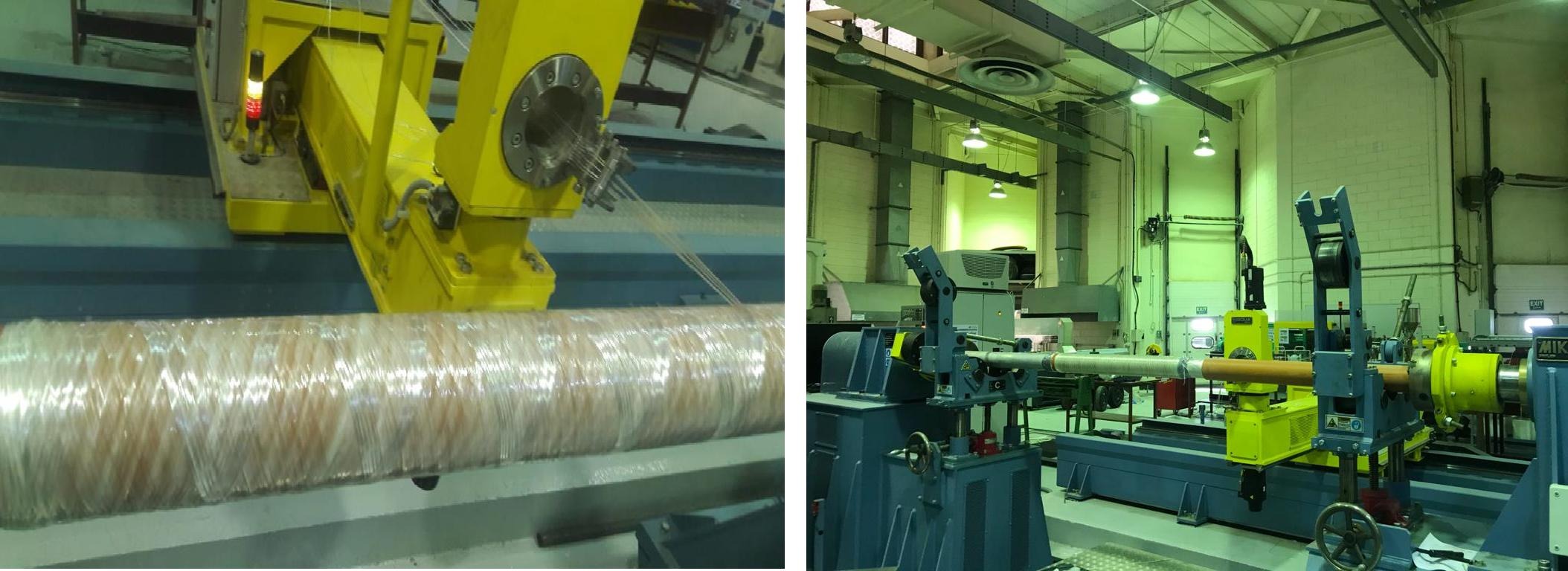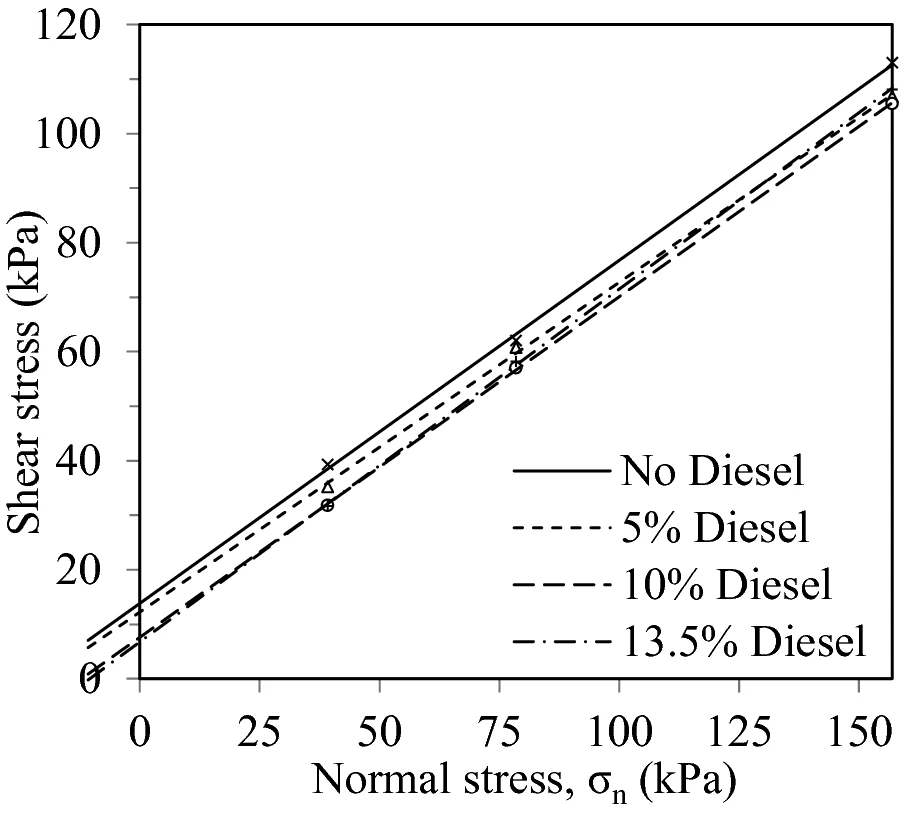


We have fabricated Cu2ZnSnSe4-CdS-ZnO solar cells with a total area efficiency of 9.7%. The absorber layer was fabricated by selenization of sputtered Cu10Sn90, Zn, and Cu multilayers. A large ideality factor of the order of 3 is observed in both illuminated and dark IV-curves, which seems to point in the direction of complex recombination mechanisms such as recombination through fluctuating potentials in the conduction and valence bands of the solar cell structure. A potential barrier of about 135 meV in the device seems to be responsible for an exponential increase of the series resistance
Background: The buckling load as well as the natural frequency under axial load for non-prismatic beam is a changeling problem. Determination of buckling load, natural frequency, and elastic deflection is very important in civil applications. The current paper used both perturbation method (PM), analytic method, and differential quadrature method (DQM), numerical method, to find buckling load and natural frequency with different end supports. The deflection of the beam resting on an elastic foundation under transverse distributed and axial loads is also obtained. Both PM and DQM are used for
An exact analytical solution in closed form is obtained for a two-dimensional initial-boundary-value problem of heat wave propagation in a thick slab of an anisotropic rigid thermal conductor within the dual-phase-lag model. One-sided Fourier transform technique is used to obtain a formal solution. The method requires an essential change of the dependent variable in order to guarantee a suitable asymptotic time behavior of the unknown function. The solution satisfies prescribed boundary temperatures and zero initial conditions. Numerical results are presented to put in evidence the effect of
The nonlinear interaction between an elastic Euler beam and a tensionless soil foundation is studied. Exact analytical solutions of the challenging problem are rather complicated. The basic obstacle is imposing compatibility conditions at lift-off points. These points are determined as a part of the solution although being needed to get the solution itself. In the current work, solutions are derived using the approximate Rayleigh-Ritz method. The principal of vanishing variation of potential energy is adopted. The solution is approximated using a set of suitable trial functions. Lift-off

Submerged breakwaters are efficient structures used for shore protection. Many design features of these structures are captured upon modeling wave propagation over submerged square obstacles. The presence of separation vortices and large free surface deformations complicates the problem. A multiphase turbulent numerical model is developed using ANSYS commercial package. Careful domain discretization is done employing suitable mesh clustering to capture high gradients. Various numerical model parameters are provided, including grid size and time step. Special attention is directed towards
To understand the physical process involved in film evaporation, a new numerical model is created using coupled quadratic finite element formulation of the conservation equations. The heat transport equation is solved in the three different phases (solid, liquid and vapor) while the Navier-Stokes equation are solved in the two fluids. The gradient discontinuity at the liquid vapor interface provides local value of the evaporative flux density that is directly linked to the interface velocity jump through mass conservation principle and used as boundary condition for two fluid flow computations
Expanded polystyrene (EPS) has long been used to reduce stresses acting on buried structures. In this study, the efficiency of utilising EPS in reducing vertical stresses acting on cut-and-cover tunnels was investigated. To gauge this, short- and long-term shear strength parameters of EPS with densities of 25, 30, and 35 kg/m3 were determined. Interface friction of EPS with various materials was measured considering the use of geotextile as a protective cover for EPS. Laboratory testing included unconfined compression, creep strain based on time-temperature-stress superposition, and modified

Soil contamination with petroleum products and/or waste are a problem that can be detected nearby industrial areas and other amenities that include underground leaking tanks or pipelines. The negative effect of oil contamination on the soil properties is significant and can completely alter the strength as well as the serviceability limit states of the bearing stratum. In this study, Diesel was mixed with cohesionless soils using four different mixing percentages, starting with 5% up to 13.5% by weight, to cover a wide range of contamination ratios. The effects of contamination on the soil